Landmark report uncovers human rights abuses at Rio Tinto gold mine in Bougainville, 35 years after closure
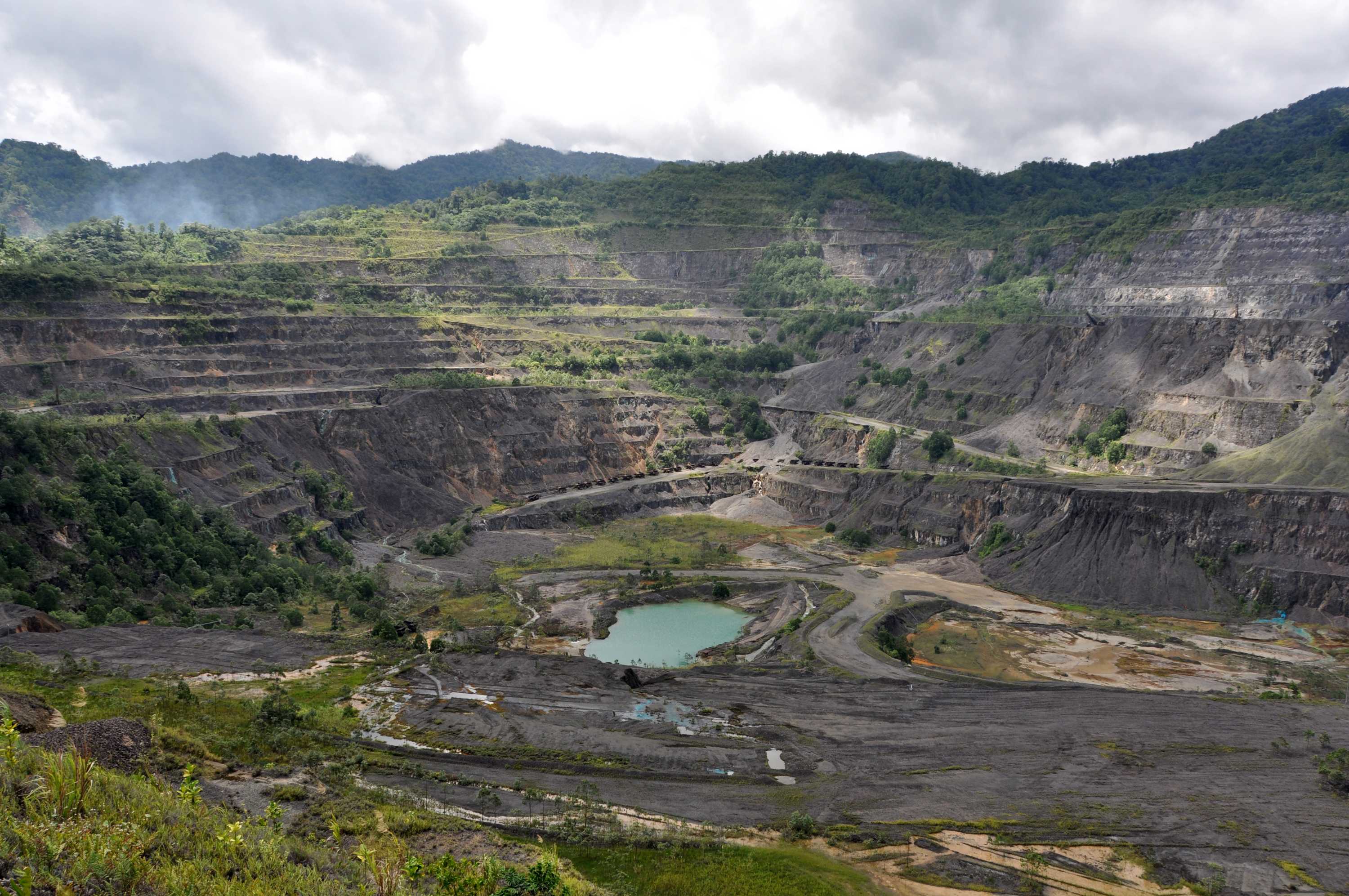
The Panguna mine is one of the world's biggest copper mines.
In short:
Bougainville Island's decommissioned Panguna mine — once one of the world's most profitable — poses ongoing risks to humans, a new report has found.
Toxic waste and decaying infrastructure from the Rio Tinto-operated mine continue to threaten thousands of residents, even three decades on from its closing.
What's next?
Results from the Panguna Mine Legacy Impact Assessment will be publicly released next month.
A large-scale study of social and environmental impacts from Rio Tinto's abandoned Panguna mine in Bougainville has found a plethora of actual and potential human rights violations, including risks to life.
It is the first comprehensive assessment of issues stemming from the massive gold and copper mine at the centre of a devastating civil war that claimed up to 15,000 lives between 1988 and 1998.
Despite being closed for more than three decades, masses of mine waste and decaying infrastructure continue to impact thousands of people in the area, the study found.
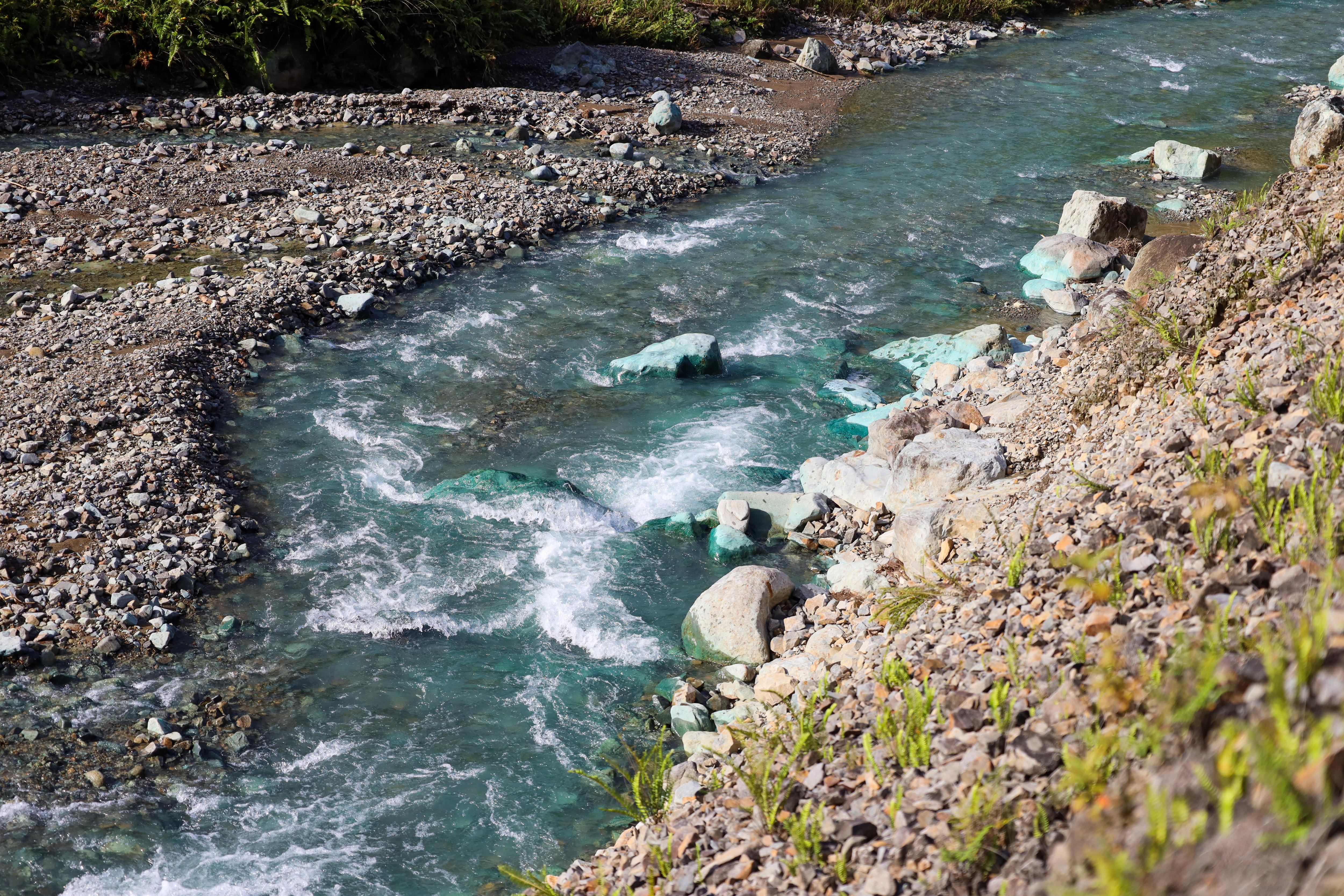
BCL discharged mine waste into local river systems when it was in operation, the Human Rights Law Centre alleges.
At some sites, it revealed violations of indigenous people's rights to water, education and culture.
Potential impacts to their rights to life, and possible impacts to rights to health, adequate food, housing and standard of living were also discovered.
The Panguna Mine Legacy Impact Assessment (PMLIA) was initiated in the wake of a human rights complaint brought by The Human Rights Law Centre on behalf of about 170 Bougainvilleans against mining giant Rio Tinto in 2020.
High-level results from the assessment were presented to members of the community this week, ahead of a public release in November.
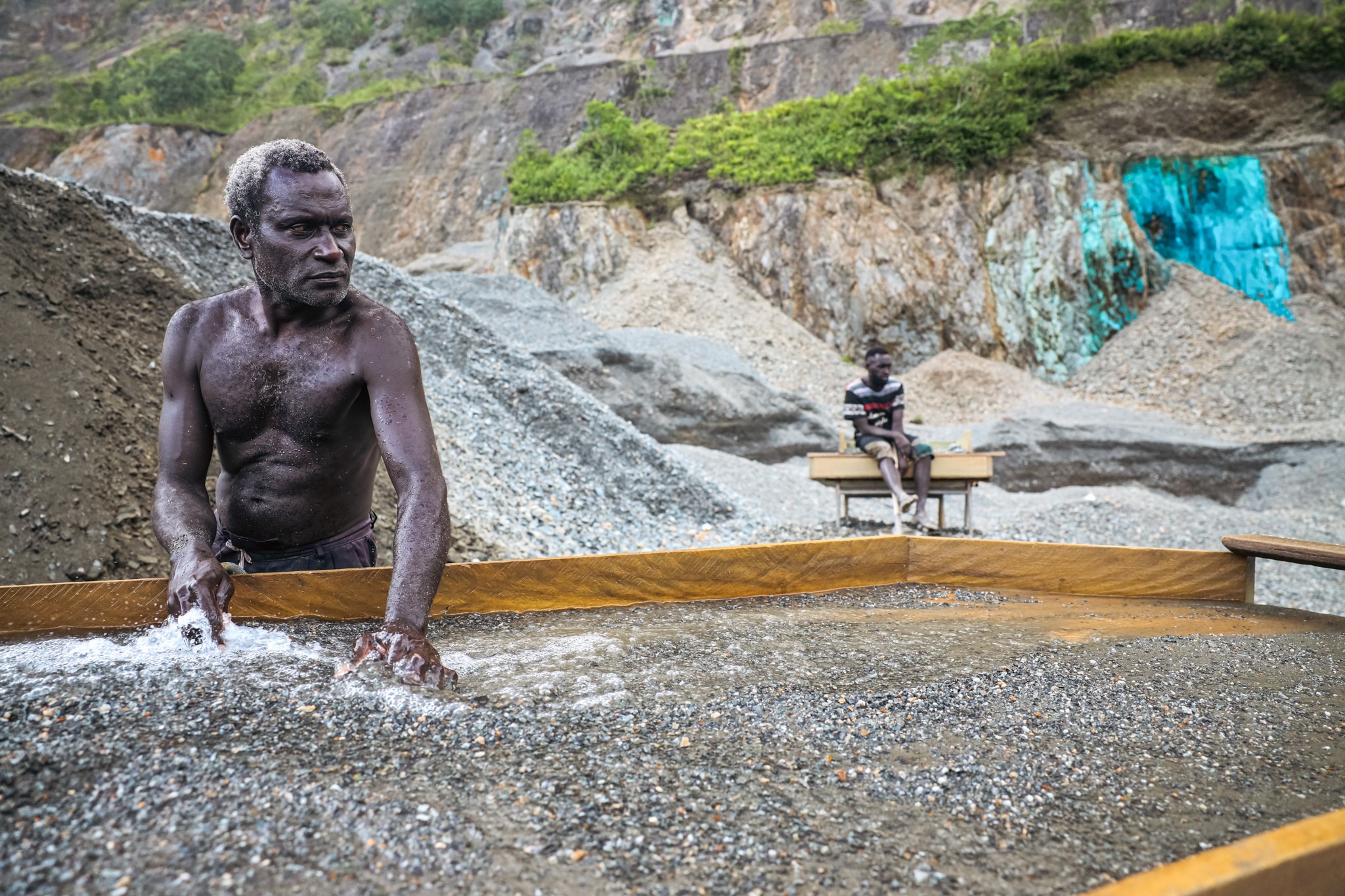
Despite the mine ceasing operations in 1989, some families continue to live in the area.
Linda Koloua, who lives in Dapera village next to the open mine pit, said she was shocked at how widespread the damage was.
"I could see that the degree of the destruction has gone all the way to down to the coast, starting from where I live," she told the ABC.
"There are many, many people who are affected by all these changes."
Ms Koloua and others are urging Rio Tinto to commit to addressing the problems and rehabilitating areas impacted by the decommissioned mine.
From riches to ruin
Panguna was majority owned by British-Australian company Rio Tinto until 2016, when it gave its stake to the Bougainville and PNG governments.
At its peak, it was one of the largest and most profitable gold and copper mines in the world, responsible for almost half of Papua New Guinea's exports.
The mine was forced to close abruptly in 1989 when conflict broke out and, since then, formal decommissioning and rehabilitation has not been undertaken.
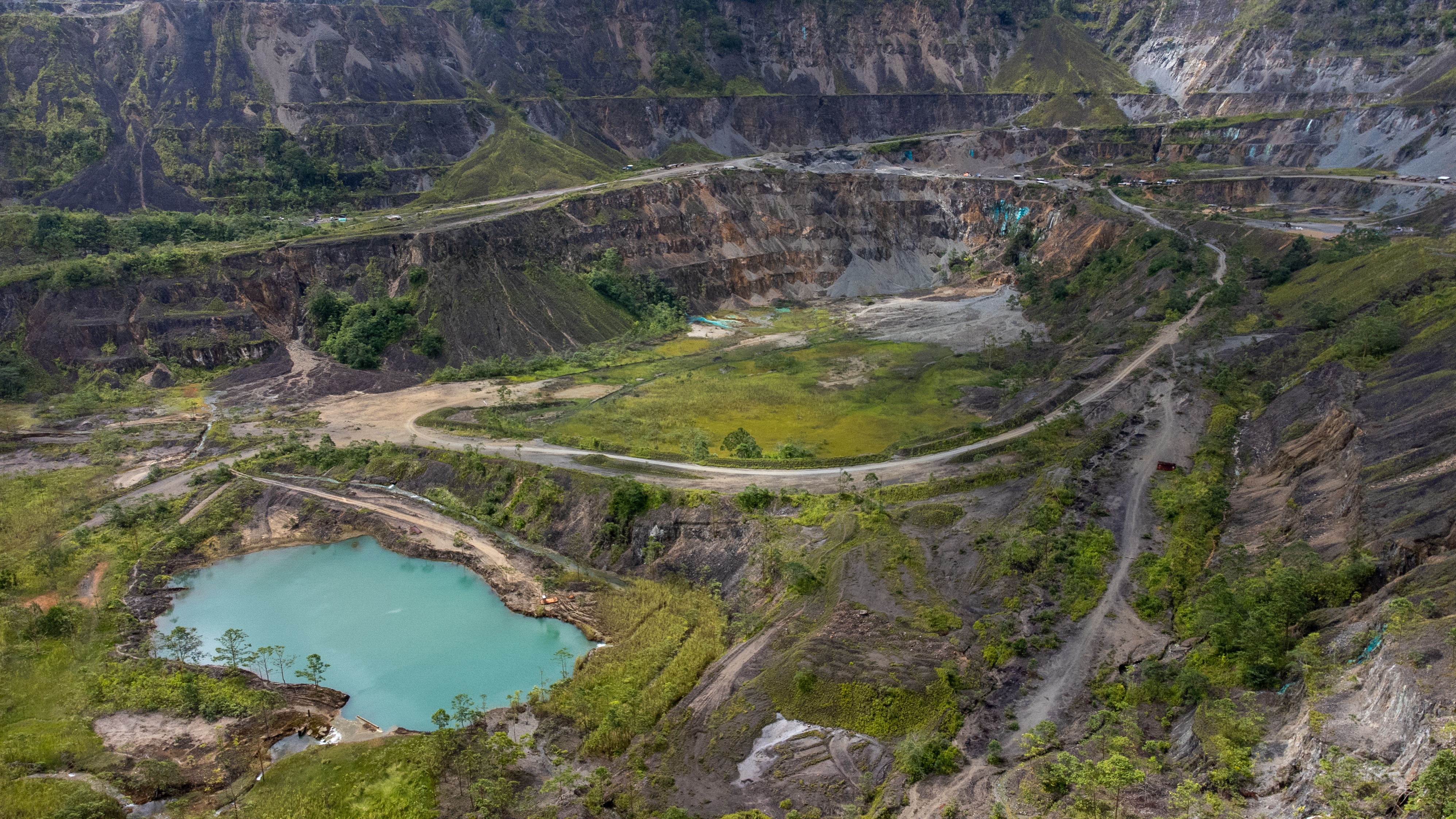
Panguna was operated by BCL, which was majority owned by global mining group Rio Tinto, between 1972 and 1989.
Results from the PMLIA show parts of the mine pit, levee, roads and old buildings are at extreme or high risk of collapsing, which could cause death and cut off access to medical care.
It also found toxic chemicals present in old fuel storage tanks, shipping containers, a warehouse site and sewage treatment plant, as well as in some soil samples, posing risks to people's health.
Mine-related flooding in parts of the river system may also affect people's access to land, the ability to grow food crops, access to safe drinking water and the ability to attend school or access essential services.
The study found that water quality in the Kawerong-Jaba River had improved over time, but some sources were still unsafe to drink due to metal contamination.
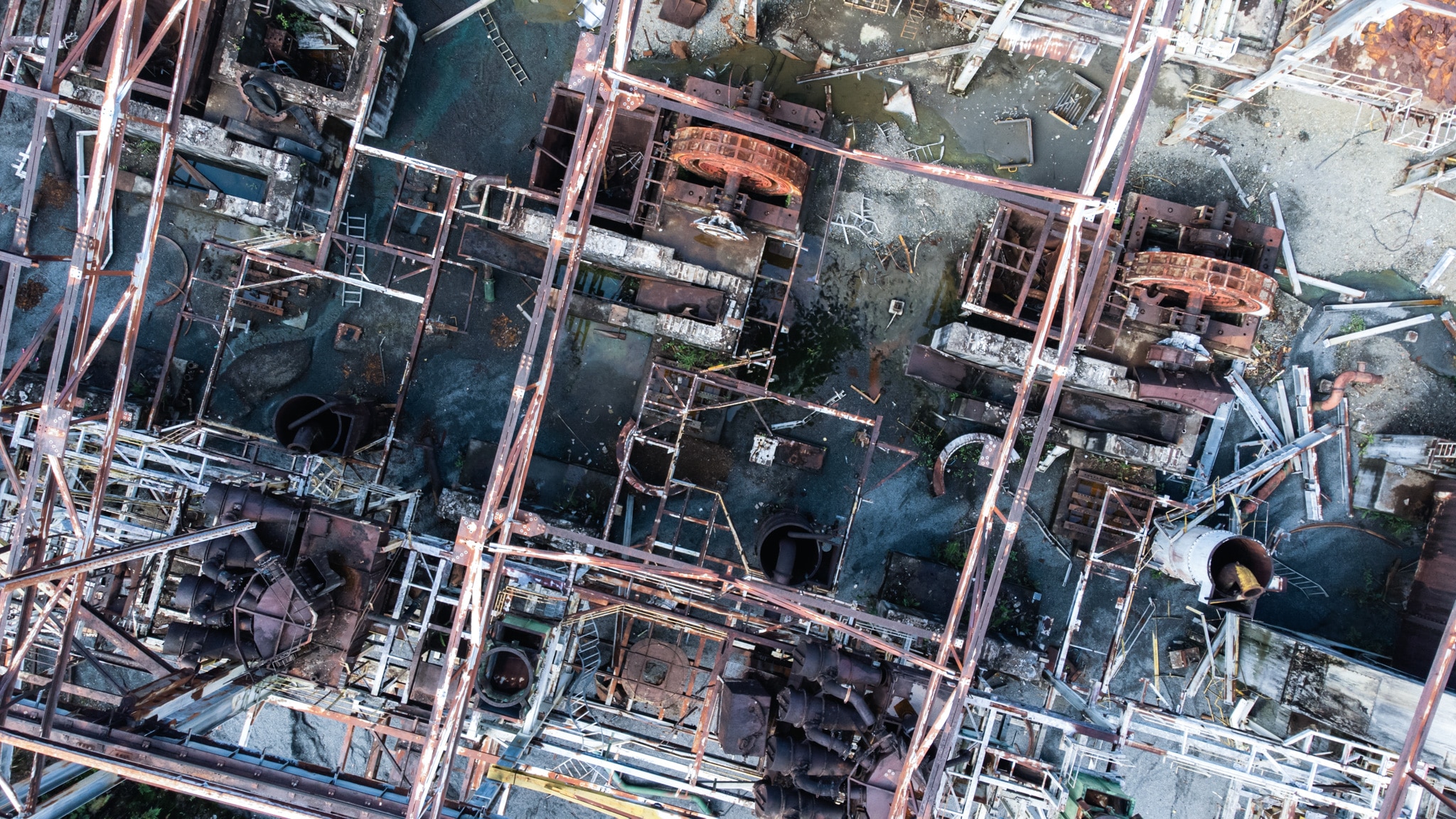
Families live among the skeleton of the mine's concentrator, which can be traced back to a mining operation in the 1970s and 1980s.
Theonilla Roka Matbob, a Bougainville government member and lead complainant in the human rights case, said her community needed to know they would be safe.
"It is now time for Rio Tinto to come out public and make its commitment known to the people so that it can restore its trust as a company, as an institution," she said.
"What's so hard about Real Tinto committing that same energy as it did some 34 years ago in [establishing the mine at] Bougainville, to also manage and control the damage that it has created?"
Ms Matbob said fixing the issues was key to the health and survival of her people.
"The exercise we're doing is not for us, but it is for the unborn generation," she said.
Mining giant under pressure to act
Rio Tinto did not respond directly to questions posed by the ABC.
In a statement on its website, the company says it is awaiting the final report and is committed to engaging with all parties on the next steps.
In August, Rio Tinto signed a memorandum of understanding (MOU) with the Bougainville Government and mine owner Bougainville Copper Limited to address some of the aging infrastructure.
"The primary objectives are to mitigate potential hazards and enhance community safety. To achieve these goals, the parties have scheduled work on these structures to begin in the fourth quarter of 2024," the website states.

Young children are among those continuing to dig for gold and copper in the mine.
It is understood remediation will focus on a pump station, bridge, workshop and storage facilities in the Panguna town area.
But a number of at-risk areas identified in the PMLIA are not covered by the MOU.
Rio Tinto said it was also supporting a water sanitation project in Central Bougainville and is seeking to partner with stakeholders to design and implement a remedy framework to respond to the impacts identified through the PMLIA.
Landowner Daniel Nari said hearing the results of the impact assessment was validating for locals who had suffered in the wake of the mine's closure.
"This pain that we hold, for all this time we just talked about it among ourselves. We didn't have a formal process to address it," he said.
"So this process now, the way I see it, things will be resolved. It will really resolve our pain."
By:https://www.abc.net.au/news/2024-10-13/human-rights-abuses-found-at-rio-tinto/104463224(责任编辑:admin)
下一篇:Seven years after Abby Williams and Libby German disappeared in Indiana, alleged killer Richard Allen faces trial
 Socceroos rescue a point
Socceroos rescue a point  Wallabies thrash Wales 52
Wallabies thrash Wales 52 Jake Paul beats Mike Tyso
Jake Paul beats Mike Tyso Live updates: England vs
Live updates: England vs  US election 2024: Donald
US election 2024: Donald  US election live: Kamala
US election live: Kamala
- ·North Korea's latest weapon agains
- ·Hezbollah says Israel 'cannot impo
- ·Inside the rise of US oligarchs and how
- ·Thailand's worst suspected serial
- ·Tabi shoes are turning heads from Holly
- ·FBI arrests Florida man planning attack
- ·Illegal immigrant gets life sentence fo
- ·Bibles, water, watches and sneakers: Do
- ·North Korea's latest weapon against
- ·Hezbollah says Israel 'cannot impose
- ·Inside the rise of US oligarchs and how i
- ·Thailand's worst suspected serial ki
- ·Tabi shoes are turning heads from Hollywo
- ·FBI arrests Florida man planning attack o
- ·Illegal immigrant gets life sentence for
- ·Bibles, water, watches and sneakers: Dona
- ·US to give Kyiv anti-personnel landmines
- ·An arrest warrant for Benjamin Netanyahu
- ·One of Vietnam's high-profile politi
- ·Shanghai Walmart Attack: A Man Randomly S
- ·South Korean police officers jailed over
- ·Cambodia publicly shames maid deported af
- ·North Korea to use all forces including n
- ·Philippines condemns China attack of Viet
- ·US adds 2 more Chinese companies to Uyghu
- ·North Korean defector steals South Korean
- ·Malaysia deports Cambodian worker for cal
- ·Rebels battle for Myanmar junta’s weste

